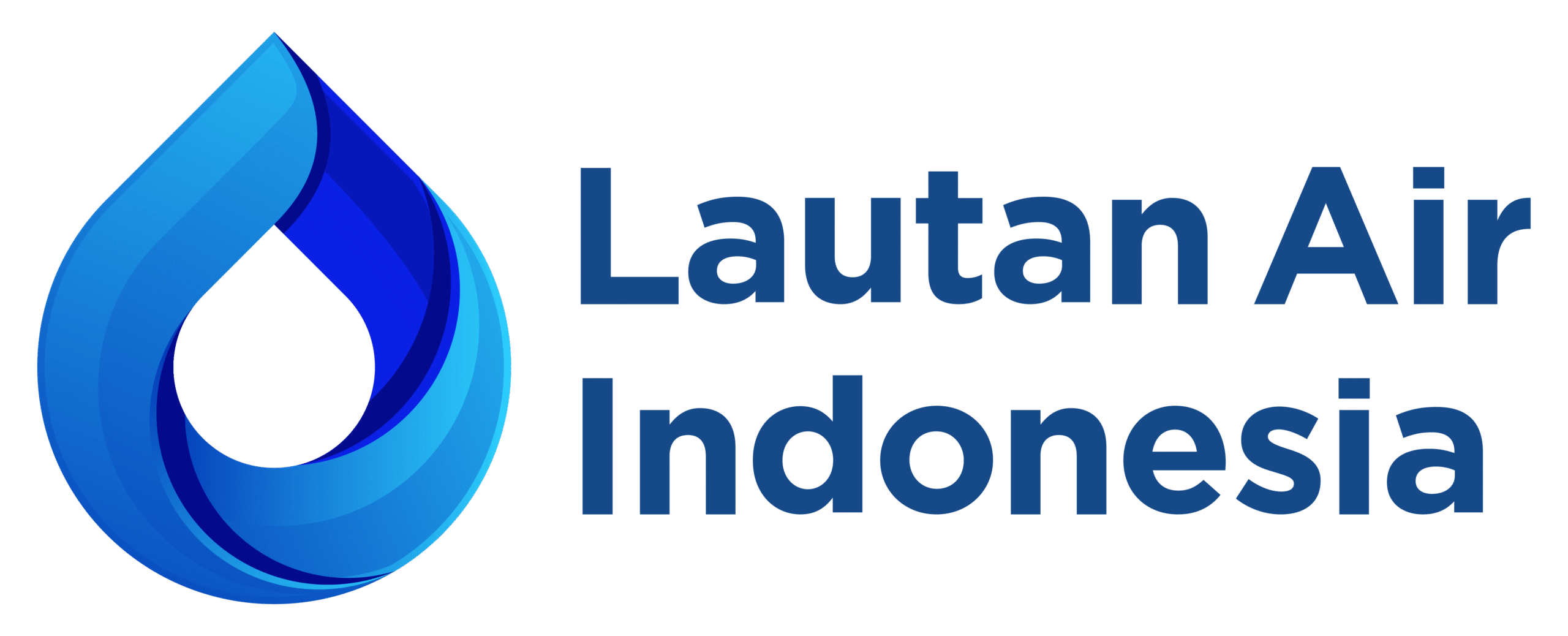In the world of wastewater treatment, the terms BOD (Biochemical Oxygen Demand) and COD (Chemical Oxygen Demand) are two crucial parameters that are the main indicators of wastewater quality. These two parameters are used to measure the level of organic pollution in wastewater.
High BOD and COD values in wastewater are a sign of a high pollutant load, and if not controlled, can have serious impacts on the environment and the efficiency of the water treatment process itself.
What are BOD and COD in Wastewater?
BOD (Biochemical Oxygen Demand) is the amount of oxygen needed by microorganisms to decompose organic matter in wastewater biologically. A high BOD value indicates a lot of easily decomposed organic matter, which can reduce oxygen levels in the water if not treated properly.
COD (Chemical Oxygen Demand) measures the oxygen requirement to oxidize all organic compounds, both those that can and cannot be decomposed biologically, using chemical reactions. COD values are generally higher than BOD because they cover more types of pollutant compounds.
The BOD/COD ratio is used to assess the level of ease of waste degradation: a high ratio indicates easily decomposable waste, while a low ratio indicates the presence of compounds that are difficult to decompose.
Read Also: How to Overcome High COD and BOD in Wastewater?
Causes of High BOD and COD in Wastewater
High levels of BOD and COD in wastewater can be caused by various factors, depending on the characteristics of industrial activities, the type of raw materials used, and the operational processes that take place in the production system. The following are some common causes that are often found in various industrial sectors:
1. High Organic Content in Waste
The main source of high BOD and COD values is the high organic content in wastewater. These materials can come from leftover raw materials, by-products, or even spills in the production process. For example:
- Food and beverage industry waste contains sugar, protein, and fat.
- Waste from the meat processing industry contains blood, fat, and organic tissue.
- Waste from the pulp and paper industry contains lignin, cellulose, and other organic compounds.
All of these components are very easily degraded by microorganisms and contribute greatly to increasing BOD and COD values.
2. Use of Chemicals and Synthetic Compounds
Some industrial processes use chemicals that are difficult to decompose biologically. Compounds such as organic solvents, surfactants, dyes, and synthetic resins not only increase COD values significantly, but can also cause the BOD/COD ratio to be low because they are not easily decomposed biologically.
This is common in the textile, pharmaceutical, cosmetic, and petrochemical industries. In this case, high COD is a challenge because conventional biological processes are not enough to reduce the concentration of these compounds.
3. Leakage of Raw Materials or Products in the Production Process
Leakage or spillage of liquid raw materials or semi-finished products in the production area can directly enter the drainage system and cause a spike in organic matter levels in wastewater. Although not continuous, this kind of spike can produce very high BOD and COD values in a short time.
Examples of this case often occur in the food, beverage, or liquid chemical industries when the material handling system is not optimally controlled.
4. Failure or Suboptimal Production Process
A production process that is not running efficiently, for example due to an imbalance in chemical reactions or imperfect fermentation, can produce waste materials that are discharged into the wastewater system. This waste generally still has a high organic content and causes an increase in BOD and COD levels.
In this context, the quality of wastewater is greatly influenced by the stability and efficiency of the upstream production process.
5. Lack of Pre-treatment System
Many industrial facilities have not implemented an adequate pre-treatment system, such as coarse filtration, sedimentation, or separation of oil and fat. In fact, these processes are able to significantly reduce the organic load before the wastewater enters the main treatment system.
Without pre-treatment, wastewater will immediately carry a high pollutant load that affects BOD and COD values.
6. Mixed Wastewater
Often, wastewater from various process lines or even rainwater is mixed in one drainage system, creating significant variations in organic load. This mixture can cause fluctuations in BOD and COD values, and complicate the treatment process that has been designed for a certain capacity and concentration.
Mixed wastewater can also introduce unanticipated compounds into the treatment system, worsening conditions in both biological and chemical reactors.
Read Also: What is Wastewater Treatment? Professional Process and Solutions
Why High BOD and COD Need to be Watched Out For?
High levels of BOD and COD not only have implications for environmental pollution, but also have a direct impact on the operation and cost of wastewater treatment. Some of the main consequences of high BOD and COD in wastewater include:
- Decreased effectiveness of biological systems due to excessive organic loads that can kill processing microorganisms.
- Increased operational costs, either due to the need for additional oxygen, energy consumption, or the addition of chemicals.
- Increased risk of environmental pollution, especially if wastewater is discharged without treatment in accordance with quality standards.
- Potential legal sanctions or revocation of environmental permits, if there is a violation of the waste parameter threshold set by the government.
Entrust Your Wastewater Quality Evaluation and Monitoring to Lautan Air Indonesia
As a provider of integrated solutions in water and wastewater treatment, Lautan Air Indonesia understands the importance of controlling BOD and COD in wastewater, especially in supporting the sustainability of your industrial operations.
With more than 40 years of experience and a service network in various regions of Indonesia, Lautan Air Indonesia is here as your strategic partner in achieving wastewater quality that meets standards, is cost efficient, and environmentally sustainable.
Don’t let high BOD and COD values become a burden for your industrial operations. Contact Lautan Air Indonesia’s team of experts today to discuss your specific needs and get the best solution for a reliable wastewater treatment system.



